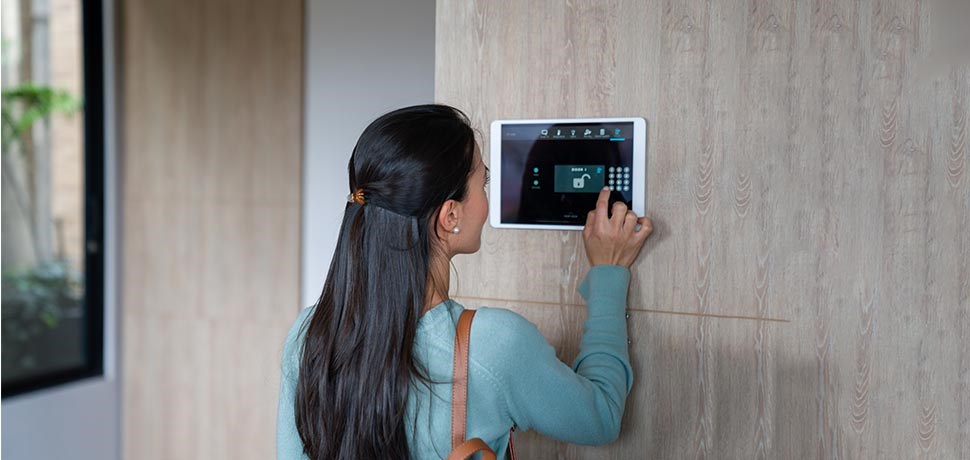The rise of the Internet of Things (IoT)
IoT offers opportunities for innovation & convenience, but it also poses significant risks. Safeguard your digital life and make the most of the IoT revolution.

It’s not just your laptop, phone or email address that can be hacked – today’s cybercriminals are after smart TVs and other home devices too.
Does your fridge know exactly how much you eat (and when you’ve slipped from your healthy eating plan)? Can your TV predict what you’re going to watch tonight? Can your baby monitor be hacked to spy on you? What about your car, smartphone and smartwatch? Smart homes, smart offices and even smart cities are making our lives easier, more personalised and more convenient, but imagine if your nifty new webcam, door lock or garage door was suddenly controlled by a hacker.
While many people are aware that their computers can be infected by malware, many don’t consider the security threats that are present throughout their homes – and even through wearable devices. As the Internet of Things (IoT) becomes more prevalent in our daily lives, an increasing number of devices are becoming vulnerable to security threats.
Leading appliance manufacturers are increasingly connecting their devices to the Internet, from coffee makers to kids’ karaoke machines. In many ways, they don’t have a choice. ‘Smart’ devices that can connect to the Internet, track data and personalise experiences are expected, and manufacturers are obliging.
The challenge is that with convenience comes the very real threat of cybercriminals.
According to Forbes, 77 % of security and IT experts believe that manufacturers are not implementing enough IoT device security measures, especially router producers. This is a major concern for security experts since most IoT devices work to the WiFi – and many devices connect to each other. This means one weak link can expose all devices in a household, from the TV and fridge to laptops and tablets. It’s worth considering how many passwords (and banking details) we input into our TV streaming apps to consider just how exposed our personal details are if a home system is hacked.
So, why are there so many gaps in security? In a nutshell, while our favourite brands are great at manufacturing physical products, many lack expertise in software development and they certainly don’t have the same level of experience or investment as large software firms in creating secure code.
While connected devices are providing great experiences for people, they also present new opportunities for hackers. The IoT and cybercriminal activity has two significant commonalities: they are mostly hidden from plain sight, and they are present in our surroundings at all times.
Almost anything that has an ON/OFF switch can potentially be connected to the internet, making it part of the Internet of Things. The sheer volume and diversity of data that IoT contains (and that most of our houses and wearable devices are producing each day) is staggering. And it’s a major cause for concern that all this data is vulnerable to being hacked or stolen by cybercriminals. Remember: the more connected devices you have on your network, the greater the opportunity for hackers to compromise your security and privacy and access your entire digital life, from every Internet search, and shopping order placed, to emails sent and received, Facebook posts and even banking details.
The good news is that while the Internet of Things is here to stay (and will most likely become ever more present in our smart homes and offices in the future), there are ways to protect yourself, your family, and your data.
Remember common sense is the best defence. Strong passwords, regular updates and paying attention to any changes or suspicious activity can go a long way to keeping your data safe.
While IoT offers exciting opportunities for innovation and convenience, it also poses significant risks to privacy, security, and safety. Learn about the cyber risks we’re facing from third-party suppliers.